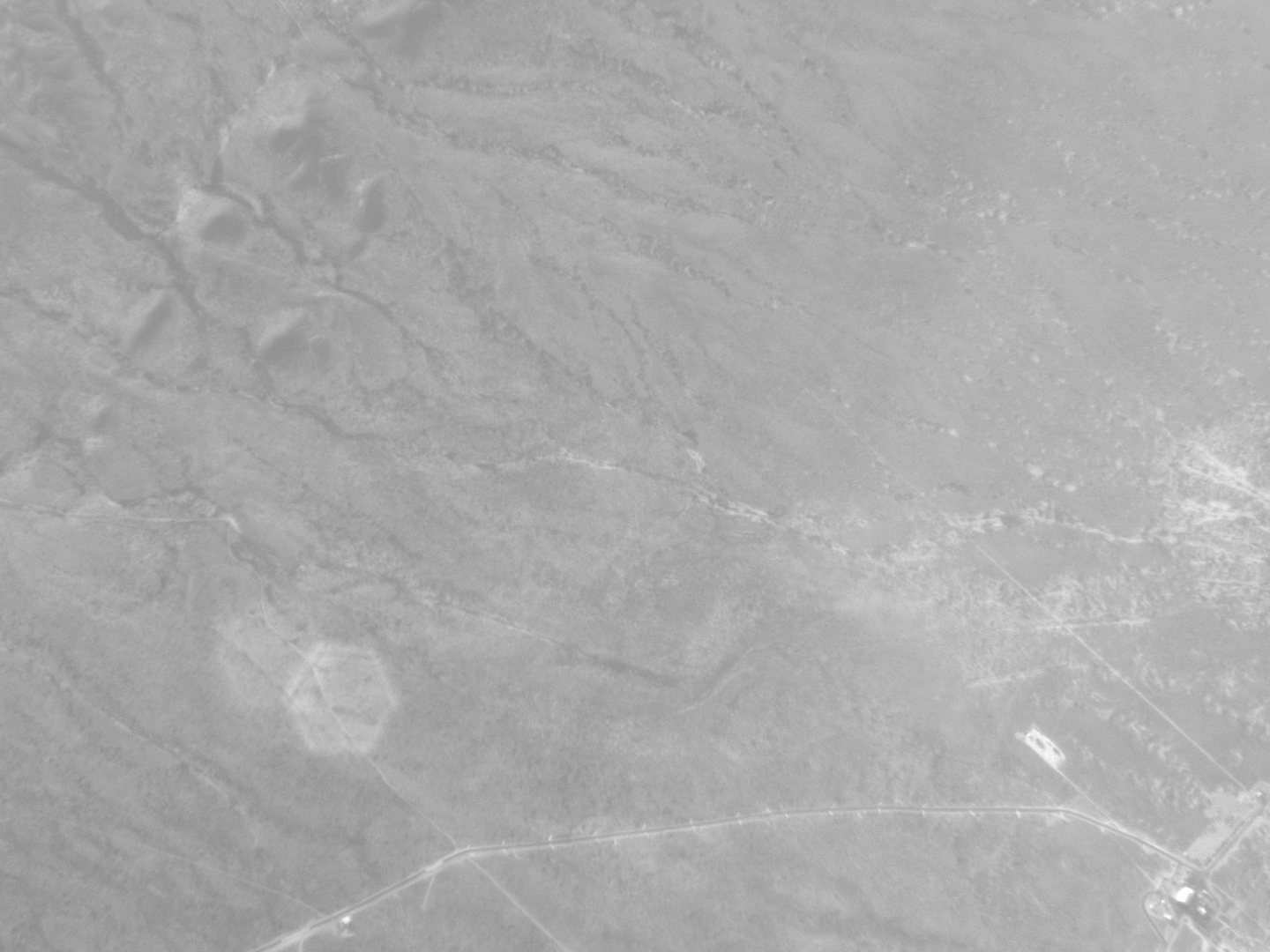This feature started with a relatively straightforward idea: use FormaK to model a rocket launch based on NASA data. NASA provides data from a launch in October 2020 with a number of sensors aboard including an IMU, LiDaR and a black and white camera. The mission collected data to help prototype a lunar lander with a similar sensor suite.

As a first goal, I wanted to model the motion of the rocket via the IMU data by integrating the IMU as a motion model, with the intent to fuse the IMU data with LiDaR readings. This runs into the small snag of understanding the orientation of the IMU and LiDaR with respect to the rocket's coordinate frame. In theory, the offset and orientation could be estimated online, but the problem is highly nonlinear for the IMU case and it's not clear to me that online estimation of the LiDaR calibration is feasible.
Fortunately, the NASA dataset comes with calibration information for the pose and orientation of the sensors along with other data about how the sensor information was captured.
Unfortunately, FormaK doesn't support calibration information. FormaK only supports online control inputs (which could be leveraged to pass in known information into the state vector, but not sensor models) and online estimated states.
Fortunately, we can enhance FormaK to support this use case. Inserting calibration into the mix involved adding it to lots of files; however, its use is fairly straightforward (no estimation involved, no generated models, just static values). In addition, the rocket model itself provides a *good test of the feature where I can set up the model with the calibration values from NASA and then iterate until it's working.
Overall, this change was fairly mechanical in nature, but it unlocks a new class of models that support runtime configuration. This supports the use case of providing calibration values from NASA's dataset, but the new feature can also be applied to other areas too. For example, a single model could be defined for a time of flight ranging system and then multiple instances of the model could be used by launching them with different calibration parameters.
Check out the code or get the latest updates for FormaK on Github.
What's next?¶
One problem I did run into was the templating that underlies the current C++ code generation. Supporting optional calibration terms with the various input types, function arguments and logical steps made a huge mess of the template file.
StateAndVariance
ExtendedKalmanFilter::process_model(
double dt,
const StateAndVariance& input
// clang-format off
{% if enable_calibration %}
// clang-format on
,
const Calibration& input_calibration
// clang-format off
{% endif %} // clang-format on
// clang-format off
{% if enable_control %}
// clang-format on
,
const Control& input_control
// clang-format off
{% endif %} // clang-format on
)
This mess felt unsustainable: if I tried to add any additional features or even change the features I had, this pile of if statements and formatting comments (and the occasional actual code) needed a different approach.
Read the post about revising code generation
2023-06-25¶
* I did find a gap in the original testing of the calibration feature: I had missed including the calibration in the calculation of the jacobian of sensor models. This test escape also makes sense in the context of my focus for the model: process model and IMU data first, all other sensor data second. This jacobian issue would have been caught if I'd put any meaningful amount of additional thought into testing the sensor update.